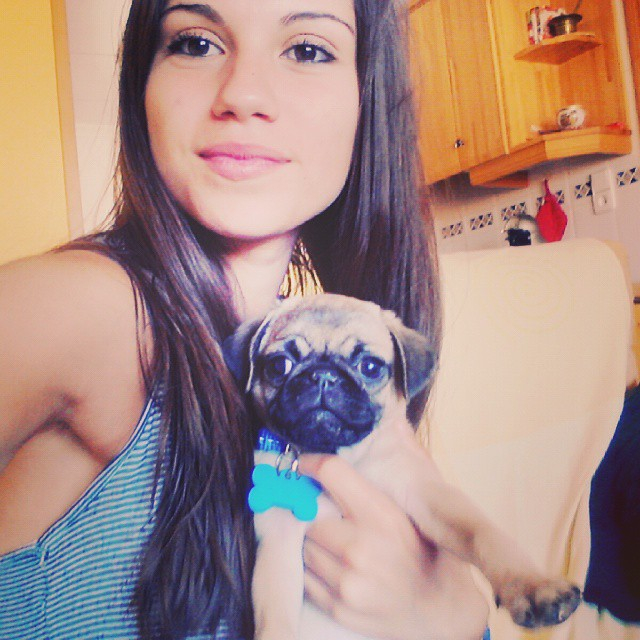GoodVibe Medical Devices: Meal Assistance Oral Vibratory Device for Cerebral Palsy
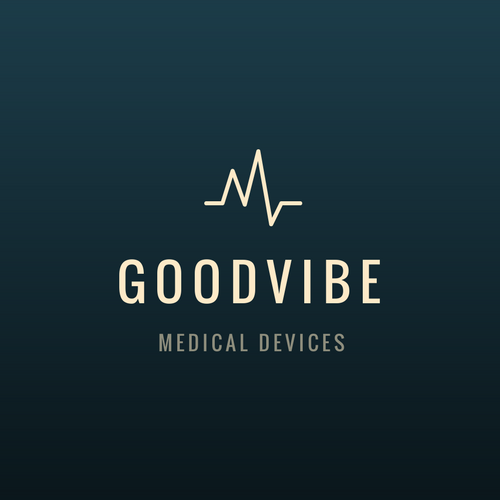
We are developing a rehabilitative device that utilizes vibratory stimulation to reduce muscle tension and allow patients to both eat independently and speak more clearly.
Newark, NJ United States Medical Device Orthopedics Home-Based Care
About our project
The problem we solve: Children with cerebral palsy (CP) commonly have feeding disorders and swallowing problems (dysphagia) that in many instances place them at risk for aspiration with oral feeding, with potential pulmonary consequences. They also commonly have reduced nutritional status and prolonged stressful mealtimes. The specific nature and severity of the swallowing problems may differ, at least to some degree, in relation to sensorimotor impairment, gross and fine motor limitations, and cognitive/communication deficits. Furthermore, caregivers can be expensive, and the patient may be upset at having limited autonomy.
About our solution: The goal is to invent a device that will allow a Cerebral Palsy patient to eat independently. Through the device, autonomy is returned to the user, and confidence is boosted. It would also have the additional long term benefit of reducing muscle tension and potentially gaining strength through repeated low frequency vibrations. These vibrations would occur on specific points of the jaw, therefore reducing spasticity and dysphagia. Parents and caregivers benefit because as a patient progresses, raising a child with Cerebral Palsy becomes less labor intensive.The more physical challenges a child can overcome or adapt to, the less hands-on assistance is required of the parents. Furthermore, our device is set apart from the competition because it allows the patient to recuperate strength over time by solving the problem from within, instead of just utilizing a common utensil lift/feeding device.
Progress to date:
We are currently designing the prototype, which includes an Arduino, EMG sensors/electrodes, and a headstrap for the patient to comfortably wear the device. The traction that we have received so far has been positive. Furthermore, we have received a NSF I-Corps grant for customer discovery funds.
There is an estimated 764,000 individuals in the US with cerebral palsy, so this product has a significant market size. This product could be expanded to other conditions that involve oral impairment or other feeding difficulties (Parkinson’s comes to mind); however, the main focus is on cerebral palsy for the time being.
About Our Team
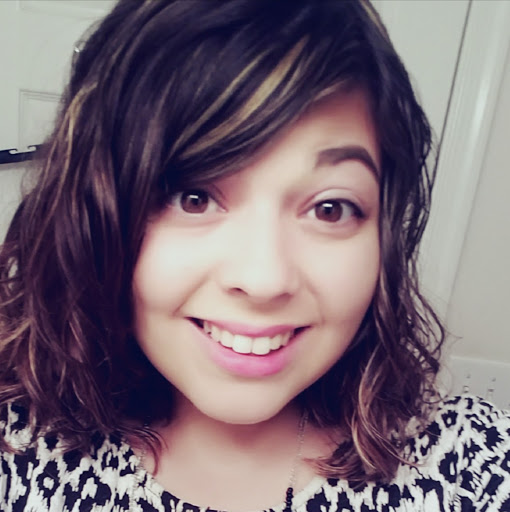
Creator: Kaila Trawitzki
Location: New Jersey
Bio: I am a fourth year Electrical and Computer Engineering Tech student at the New Jersey Institute of Technology in the Albert Dorman Honors College, with a concentration in Biomedical Technology and Nanotechnology. I currently am the CEO and Co-Founder of a medical assistive technology company, GoodVibe Medical, that focuses on meal assistance for Cerebral Palsy and Parkinson's disease patients using oral vibratory stimulation. I am currently seeking additional seed funding for my startup, and am also open to internship positions for Summer 2018, as my graduation date is currently December 2018.
Title: CEO and Co-Founder
About Our Company
GoodVibe Medical
Location: 141 Summit Street
Rm 328
Newark, NJ 07103
Founded: 2017
Product Stage: Prototype/MVP
YTD Sales: Working on it
Employees: 1-2
How We Help Patients
If you or a loved one are affected by Cerebral Palsy, eating independently with ease can seem like a far-fetched dream. Unfortunately, it is a hardship for many patients.
The majority of individuals with Cerebral Palsy, 93%, will experience feeding difficulties. Since Cerebral Palsy results in impairment of muscle groups, facial muscles can be affected. The facial muscles are one of the strongest muscle groups in the body. Impairment hampers a child’s ability to chew, suck, or swallow, thereby creating a high risk for undernourishment, failure to thrive, malnutrition, growth delay, and digestive difficulties. The following conditions are common in those with Cerebral Palsy:
- 86% experience oral-motor dysfunction
- 77% are diagnosed with gastroesophageal reflux
- 74% report chronic constipation
- 60% present with swallowing disorders
- 32% report abdominal pain
Many do not consider the collateral implications of oral impairment, such as those listed above and more. Furthermore, patients can often face anxiety and depression due to lack of confidence and autonomy. By providing sensory stimulation and repeated motion, excessive muscle tension can be managed, therefore strengthen their individual feeding capabilities. This is especially crucial for children, as this device can greatly improve their home and school life. Additionally, the sooner they begin treatment, the better the outcome will be and the condition will be more manageable.
Finally, imagine the autonomy and freedom you have always wanted!
How We Help Physicians
We will reduce the workload and stress of medical providers by allowing treatment to shift to home-based, outpatient care. This device benefits patients, caregivers, families, doctors, hospitals, and more by returning autonomy to the user and reducing the amount of time spent receiving formal care.
How We Help Hospitals
We will allow patients to function more independently and reduce overall pain levels, while preventing potential emergencies (choking, etc.) that typically arise from dysphagia. Furthermore, we are very willing to help your organization gain recognition, publicity, or potential collaboration with the New Jersey Institute of Technology.
Innovation Details
Intellectual Property Summary
I am in the process of filing a provisional patent through my university's Technology Transfer Office.
Clinical Information
We have not launched any of our own clinical trials, but we have a collection of studies referencing potential therapeutic benefits in cerebral palsy patients using whole body vibration (WBV). We are interested in using this vibration on a concentrated part of the body.
Regulatory Status
As we are just now prototyping and this is my first medical venture, we have not reached this stage. We are open to any help from MedStartr and the community at large.
How we will use the funds raised
We are going to use this money to travel to medical device and biomedical engineering conferences and trade shows for additional networking and customer discovery. In addition, we will be visiting several cerebral palsy advocacy and resource centers for informational interviews and potential collaborations.
Thank You
Thank you very much for allowing me the opportunity to share my passions with you all. I have wanted to invent a medical device for years now, and I am finally able to fulfill my goals thanks to generous support from the NSF, friends and family, and the scientific community at large. If you have any questions or suggestions at all, feel free to reach me at kbt4@njit.edu.
Supporters
-
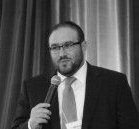
01/02/2018 - Liked the project.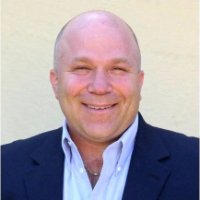
Comments
-
Jennifer Brownz posted on 29th June, 2018
Children with cerebral palsy (CP) commonly have feeding disorders and swallowing problems (dysphagia) that in many instances place them at risk for aspiration with oral feeding, with potential pulmonary consequences. kissmanga
Click here to LoginUpdates
No updates found .
Index Score
2
Score
0
Score
-
This campaign has ended but you can still get involved.See options below.
Help us find best new ideas to fund by telling us what you think. Your feedback goes straight to the team behind this project in private, so tell them what you really think.
Important Disclosure: MedStartr.com is a website owned and operated by MedStartr, Inc., which is not a broker-dealer, funding portal or investment advisor; and neither the website nor MedStartr, Inc. participate in the offer or sale of securities. All securities related activity is conducted through Young America Capital, LLC, a registered broker-dealer and member of FINRA/SIPC. No communication, through this website, email or in any other medium, should be construed as a recommendation for any securities offering.
